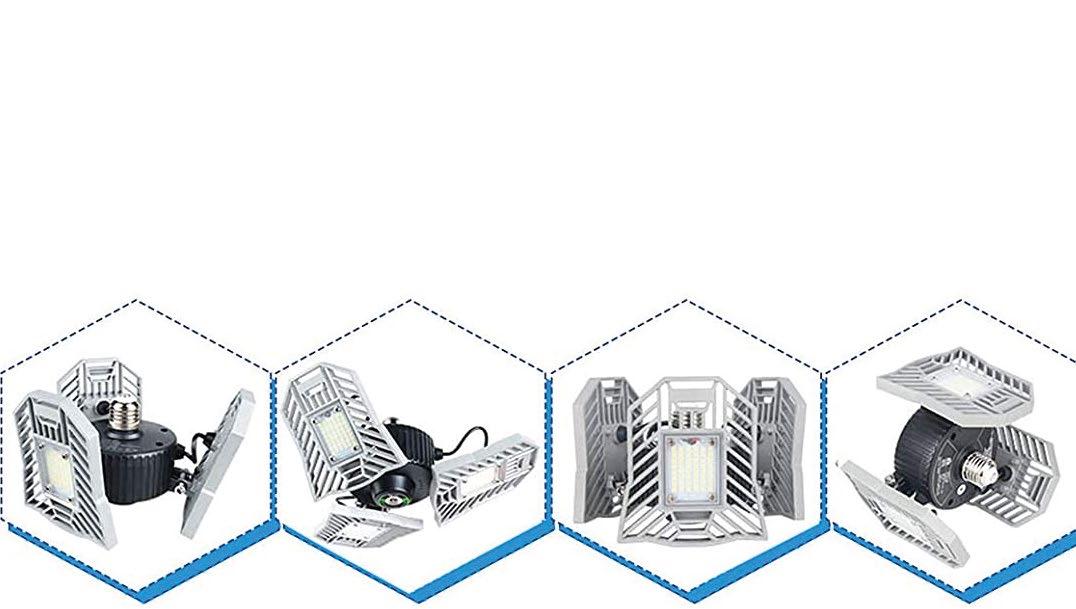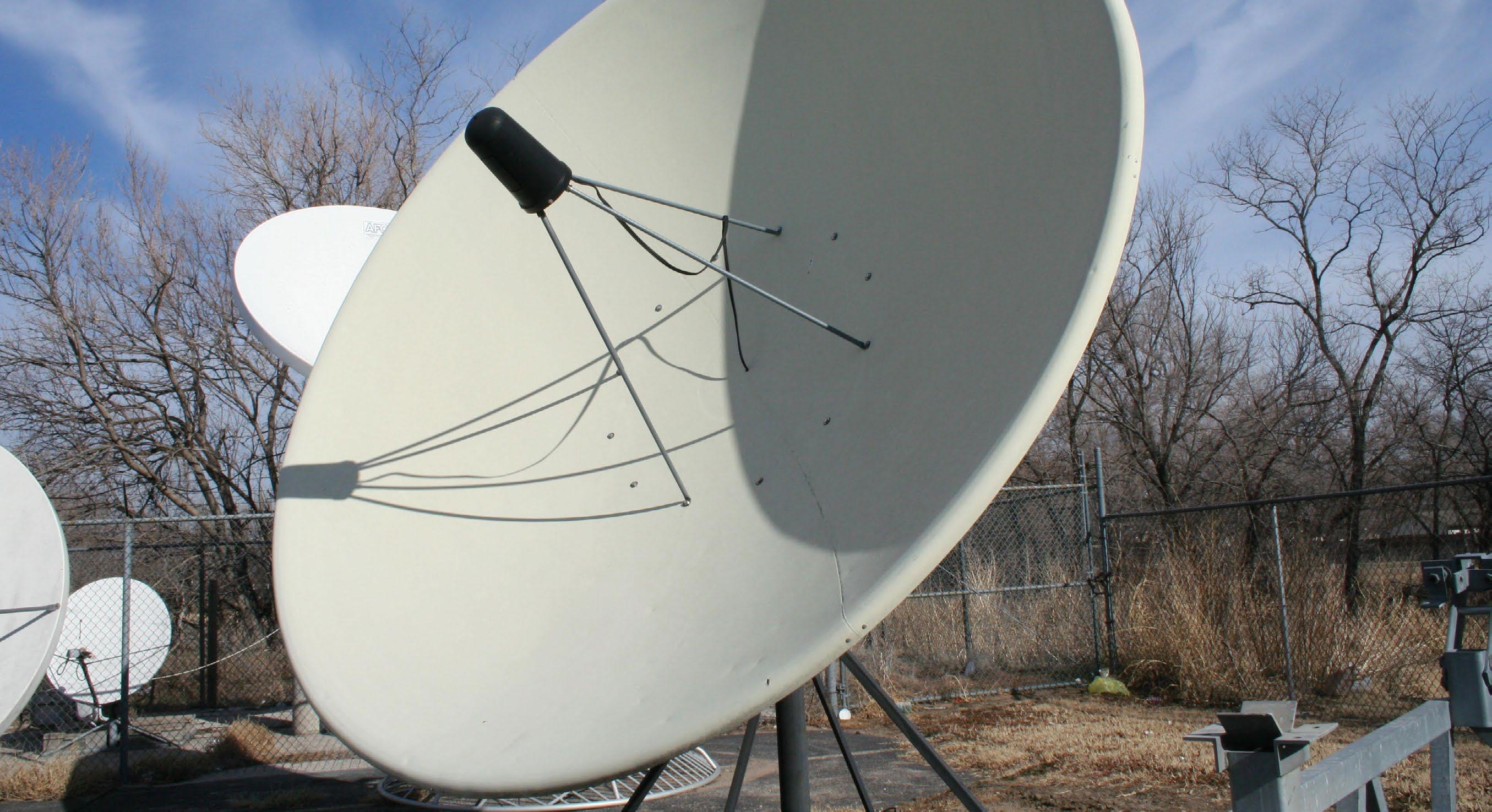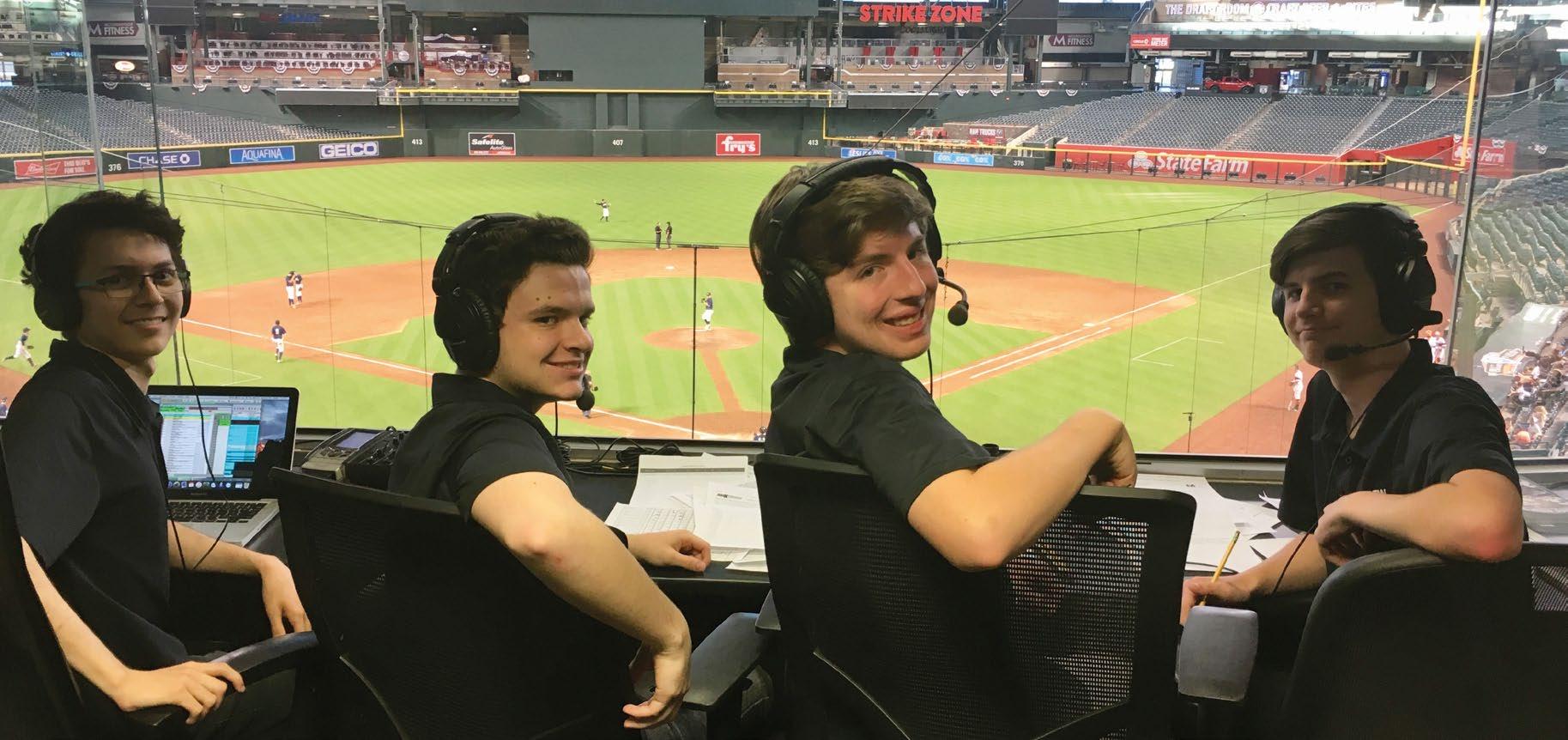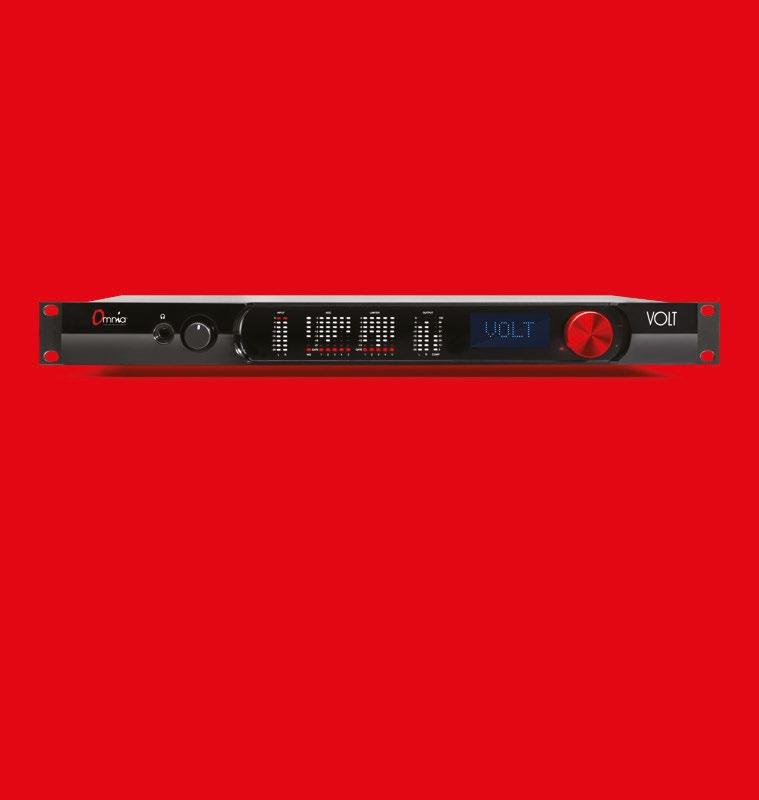
7 minute read
Analog veterans in
“Then in the late 2000s, I helped complete a build utilizing an AES3 audio distribution system that was a hybrid analog/ digital facility. That told me digital audio distribution was the next big thing.”
As the years progressed, he constructed more digital facilities.
“Recently I embraced the StudioHub standard of wiring using Cat-5 cables and StudioHub adapters. I now wonder why I was not doing that earlier.
“Even more recently I constructed some new all-digital facilities using Livewire AoIP architecture. No more punch blocks, just patch panels with Keystone jacks. No more cross connects, just mouse clicks.”
Offerdahl suspects that for as long as he is in the industry there will still be analog work to do. “But more and more of it is moving to the digital world.”
satellite receiver. Same process and it took maybe 6 hours this time.” Two months later, Thompson was hired by another station to replace a talk studio by installing a digital IPbased system. “Another engineer and I began at 5 p.m. on Friday tearing out the furniture, carpet and wall covering. New carpet and furniture were installed. We wired the IP-based console and peripheral equipment including microphones with arms, headphone amplifiers, PCs and installed an IP-based phone system.” They had the system operating by 3 p.m. on Sunday by working 10-hour days. “We did take a few hours beforehand to prep the digital system software. The project worked. Later, when asked to add another source to a console, it took about 15 minutes via the PC-based tools provided by the manufacturer.” Doug Thompson is a contract engineer with Intellitech Top Jim He notes that the digital option cost more up front. “But the labor costs for the installation and ongoing Engineering Services in Osceola, Wis. Offerdahl changes, which always happen, were far less than “If I were asked to build an analog studio today, I would have to recommend the client reconsider that Above Doug the analog.” Also, some changes and upgrades can be done on a decision,” he said. Thompson digital system from off-site, which came in handy during
“Analog certainly presents some apparent advantages recent COVID shutdowns. over digital, especially if the client is familiar and “I think it is obvious why I would recommend a digital comfortable with analog equipment. They may have system over analog today,” Thompsons aid. “It is less costly a station that uses many types of analog equipment overall, as well as being easier to maintain and upgrade. (consoles, switchers, distribution amplifiers and such) and “Digital is very flexible because there are far more may not want to change what they have invested many features for the operators that are usually built right into hours in learning how to operate and maintain. the base product. It can be operated remotely for voice
“But if they would stop and consider how much of tracking from home, allows single operator broadcasting their plant is already ‘digital,’ it may actually surprise from sporting events or remotes and integrates well with them. The satellite receiver, possibly their STL link, other related systems such as automation, phones and their telephone system, then certainly the internet and the internet.” automation systems are all digital now.” Sure, he said, the users must learn a new system; but the
He notes that digital systems are efficient to install and consoles look and work a lot like the old analog consoles, plus operate, and can offer greater flexibility. they offer many features to make things simpler for the user.
“I installed an analog system into two studios a few “In addition, digital systems are much easier to maintain and years ago. The client wanted to re-use their consoles, expand, from my perspective.” distribution amplifiers and switchers. It made sense to Thompson said he doesn’t expect to build any more them not to buy new equipment to replace what they analog studios in the future — unless, he said, he decides already had that was still serviceable,” he said. to volunteer at a broadcasting museum. “Well, it took me about three weeks to lay out, design the wiring charts, install and wire the many equipment connectors, work the RF out of the system — there was a co-located AM transmitter — and test everything. I even had the help of another engineer for a week of that time.” The system worked well and sounded good afterward, he said; the client was happy with the result. “A few weeks later they asked if I could add some inputs to the automation system. I did so, which required modifying the wiring charts, pulling a few more pairs of wire, adding connectors and setting the levels. It all worked fine and only took me about eight hours of work. A few weeks later they wanted me to add another “If I were asked to build an analog studio today, I would have to recommend the client reconsider that decision. ”
WorldCast Systems SynchroStream Technology
WorldCast Systems launched SynchroStream technology for the APT codec range with the release of SR 4.0.
The company says it is now a one-stop shop for single-frequency network deployment, given that it offers transport (APT codecs), transmission (Ecreso transmitters), measurement (Audemat FMMC5) and monitoring (Kybio Software) in its family of products.
SynchroStream simplifies the setup, configuration and maintenance of a stable SFN network. It is compatible with baseband audio coding and existing MPX/composite linear coding schemes as well as the new APTmpX algorithm, “the first nondestructive MPX/ composite algorithm,” also part of the new SR 4.0.
SynchroStream uses an external 10 MHz clock and 1 pps GPS signal as time reference.
The company says beta network deployments in New Zealand and the United States have verified its bench test results, calculating that the granularity offered in allowing fixed line adjustments down to an eighth of a microsecond (125 nanoseconds) would allow highly accurate (<50 meters) manipulation of the “mush zone.”
According to WorldCast, this means engineers can push that tiny zone away from populated areas or transport corridors. This translates to better coverage within the SFN FM area, consisting of main FM transmitter and FM boosters, meaning potentially more listeners for a station.
Info: www. worldcastsystems. com
WE LOVE RADIO
It touches us. It unites us. It brings us hope and helps us feel less apart.
Wheatstone Rolls Out the Blade 4

Wheatstone says its newest WheatNet-IP Blade “clears out the rack room,” with integrated routing, control, codecs, processing, mixing, operating system and NMOS/AES67 interoperability all in one rack space.
The new model offers interoperability with other manufacturers and network environments through SMPTE ST 2110 audio support and AES67 compliance. “Blade 4 supports NMOS [Networked Media Open Specifications] device discovery, AES67 multichannel support and packet timing adaptability,” it said in the announcement.
Each Blade 4 has its own OS. “No tablet, laptop or desktop PC needed. Run select broadcast applications and scripting routines direct from the network I/O interface, including IP meter, PC XY routing control, Screenbuilder, Navigator and LIO viewer.”
Opus, MP3 and AAC codecs are added to the AoIP network for remotes and home studios. Codecs are routable in native AoIP, with no additional hardware required.
Other features include easy resource sharing. Integrate audio codecs, processing, mixing and operating system into one native AoIP environment. Like other Blades it has two 8x2 stereo utility mixers, routable stereo processor and other Blade features.
Dual Ethernet ports are provided and dual power supplies are available.
Wheatstone says that because this unit includes codecs, software apps, mixing and audio processing, plus AoIP networking, control and interoperability, users will save on rack room space, cooling and cabling.
The Blade 4 can be integrated into new or existing WheatNet-IP networks.
Info: wheatstone.com
Orban Processors Get PPM Certification
Orban Labs said three more of its on-air processors have received certification from Nielsen for the integrated PPM encoding option.
“The company’s Optimod-FM 5500i, 5700i and 8600Si processors have received Nielsen certification and are now available with onboard PPM encoding,” the company said.
“These three products join Orban’s XPN-AM, which was the industry’s first processor to receive Nielsen certification and has been shipping with internal PPM encoding since last fall.”
PPM encoding is available as an option on the FM processors.
Orban President David Day said in the announcement, “We’re pleased to report that this encoding is now taking place via Orban processors at stations in New York, Atlanta, Seattle, Denver, Phoenix, as well as other significant U.S. markets nationwide.”
Info: orban.com







